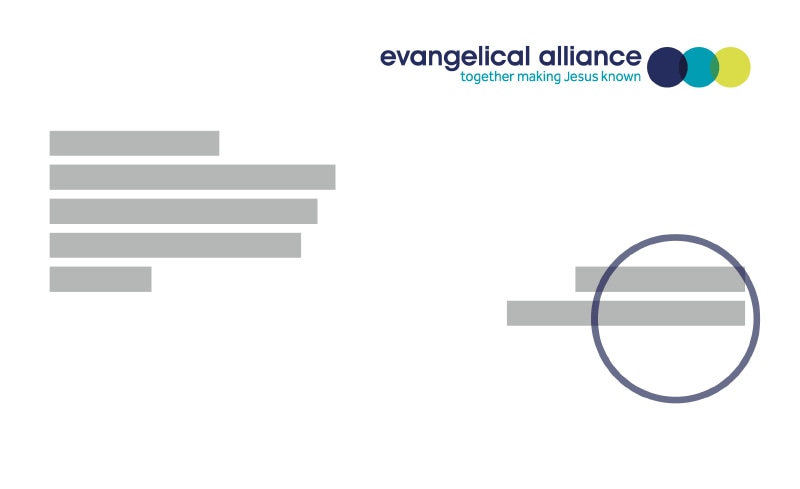A pastor phoned me to ask for advice about a young trans person who was attending his youth group. It wasn’t the first call I had received, and it wouldn't be the last. Teachers, parents, young people and their youth leaders were asking me questions about what they were reading in the media and hearing at school or from trans people they know.
I felt ill-equipped to answer these questions. The Bible has much to say on identity and the importance of the body, but I needed to understand more if I were to offer any guidance. I decided to read all I could and meet with people for whom this is a very real experience.
So, I met with the trans groups in my local area. One group works with those who are post-operative, another supports families, and a third is mainly made up of young people who have a much more fluid view of being transgender. It was during one of these meetings that I heard one of the most helpful comments: “If you have met one transgender person, you have met one transgender person; no two experiences are the same.” The three groups agreed that there were different understandings of what it is to be trans, how it occurs, and what a good outcome looks like. They also agreed that these factors made clarity difficult.
During these conversations, I was repeatedly struck by the marginalisation and distress experienced by most of those I met, particularly those who are trans. I spoke to parents, some from a faith background, and heard their deep pain as they sought to help their children who wrestle with gender dysphoria. I also spoke to teachers who wanted to respond well to pupils, many of whom were confused.
"Discipleship will be a long journey, but we do not journey alone. "
At the same time, I read Christian books on the subject, looked at medical research, and followed the unfolding policy and media debate closely. It seemed to me that our society is somewhat confused about transgender and doesn’t know how to respond. I feel there is a desire and a need to be sympathetic, but with that a deep concern that children and young people, who can’t vote yet, can go on puberty blockers and even cross-sex hormones, which can have lifelong consequences.
I was struck by the significant rise in the number of people attending gender identity clinics, particularly amongst teenage girls. All the evidence suggests that this group is more likely to progress to medical transition, and there are increasing concerns about the influence of social media and online forums, which is causing a contagion effect. However, it appears vital research is being stifled by a climate of fear caused by trans activists.
When discussing transgender, the analogy with anorexia or depression is often used, and though it has its limits, it resonated with many of the people I spoke to. People do not choose to be trans any more than people choose to be anorexic or depressed. But, as is the case with all three, the person who has the condition is often not best placed to make a diagnosis or determine their own treatment. Parents I spoke with are concerned that their children were encouraged towards hormones and surgery that would have significant and lasting effects, based largely on the child’s own diagnosis. Additionally, as biological sex cannot be altered, the surgery can often leave people dissatisfied.
This is a complicated area and the small number of people with gender dysphoria seem to be getting lost in the wider cultural trans debate. Many of those I met are not activists and don’t find the constant media battles helpful. The wider cultural conversation seems to be shifting. The concerns of women’s groups around safety and preserving single-sex spaces, particularly for young girls, are gaining more traction. There are also concerns being raised about academic and scientific freedom, as well as free speech as the trans ideology tolerates little dissent.
I found the books I read by Christians including Mark Yarhouse and Vaughan Roberts helpful, but I do feel a shorter resource for youth leaders, ministers, parents and teachers is needed. The Bible encourages us to be compassionate and welcoming, but it is also clear that our bodies are an integral part of who we are, and that biological sex reveals and determines gender.
In speaking to Christians who have wrestled with this personally or have family members who have, they acknowledge the reality of gender dysphoria and the long journey to live in the body and sex that God gave us. For those who have gender dysphoria and their church communities, discipleship will be a long journey, but we do not journey alone.
I am thankful to those who shared their stories and expertise. I hope this resource will help the church be a place of welcome and compassion for those who are transgender and their friends and family. I hope it will help us affirm the dignity of every person. I hope it will point to the radical redemption that Jesus offers all of us. And I hope that it will counter the cultural narrative of individualism, deconstruction and consumerism with the story of the gospel – that we are loved, forgiven and transformed.



